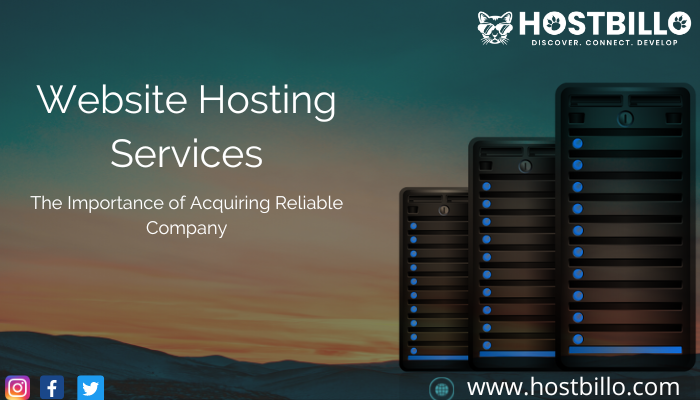Since the beginning of the millennium, digital media of all types have become an increasingly prominent part of our daily lives. Digital marketing has taken on a new life thanks to the emergence of Virtual Reality (VR) and Augmented Reality (AR), which allow us to engage with a wider variety of media.
Consumers and businesses alike face difficulties in navigating all of the digital media. Consumers are looking for a way to manage their digital media uses and experience. They want to discover content, organize them, and utilize them whenever and wherever they choose, across various devices.
What Is Digital Asset Management?
Digital Asset Management (DAM) is a technique for efficiently organizing your digital assets. Think of it like a library, where all the necessary knowledge is at your hand. Digital Asset Management (DAM) is concerned with providing the appropriate material to the right people, on all devices, generally in real-time, with the capacity to manage and quantify digital asset engagement throughout a company and its worldwide reach.
For public asset management and permitting platform, an asset is defined as the digital content and as well as its metadata. Metadata might be as essential as the file’s name, creator, or production date. It can also be as complicated as the usage rights and costs associated with a picture or the voice from a movie that was extracted and converted to text. Metadata is the sole thing that turns a piece of content into a valuable asset.
Why Is Digital Asset Management Required?
Streamline Your Data Into a Single System
The constant need for marketing material necessitates the continual production of new assets. On the other hand, having more files increases the likelihood of losing them. Team alignment and content accessibility are maintained when users have access to the same information in the same place at all times.
Optimize Your Work Methodology
With several DAM technologies available, content production becomes more efficient and agile. It enables cross-team cooperation and decreases the likelihood of significant errors.
Maintain Brand Identity
DAM systems assist in guaranteeing that all members of the team are utilizing the same, brand-consistent documents. With essential search tools, marketers may reduce the number of people using old or low-quality file versions. Brand messaging consistency is ensured by consistently using the appropriate content at all consumer touch points.
Minimize The Risk
Governance technologies let DAM administrators regulate how various user groups interact with assets. Businesses might use this method to protect sensitive information or limit the download privileges of particular files. Incorporating Digital Rights Management (DRM) technology extends this protection by employing features such as digital watermarking and tracking software to monitor files even after their release.
Monitor Content Effectiveness
DAM systems frequently contain analytics tools that keep track of who, when, where, and how certain assets are being used. This data may be utilized to improve system performance and affect content strategy decisions. Incorporating data into a content strategy helps teams uncover chances to repeat their most successful content, saving time and money.
Publish Authoritative Content
A DAM platform has capabilities that make content distribution as easy as possible for users, so they can get the information they need in a timely manner. Internal content producers, sales teams, and external partners have immediate access to materials in a self-service system. It is possible to further automate and optimize distribution operations by integrating with other platforms.



